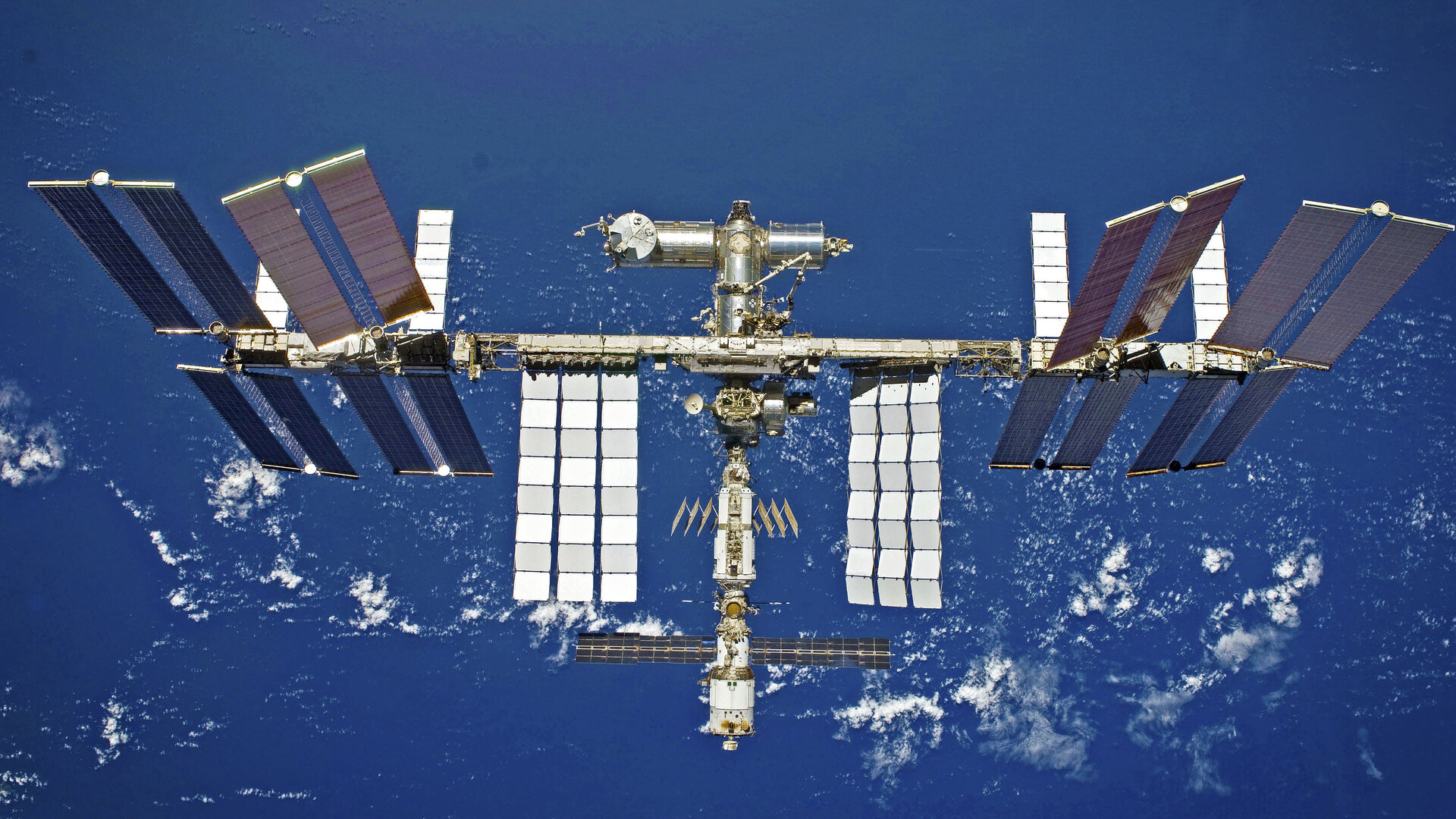Changing the boundary between the Earth’s atmosphere and outer space requires the collective approach of experts from different countries before such a decision could be made at the governmental level, Christian Feichtinger, the executive director of the International Astronautical Federation (IAF), told Sputnik.
In July, Amazon founder Jeff Bezos and British billionaire Richard Branson traveled to space, igniting a debate on whether such flights can be referred to as space trips over different approaches to defining the space border line.

“The International Astronautical Federation is a platform for discussing such questions but it does not have the authority to influence the decisions in any way. We provide representatives of all countries with an opportunity to find consensus within technical committees.
There is now an accepted borderline between the Earth’s atmosphere and space the Karman line. To change it, experts must agree and make a recommendation to countries to make a decision,” Feichtinger said on the sidelines of the International Astronautical Congress in Dubai.
The passing of the Karman line is what makes space tourists a “cosmonaut,” the official said when asked if the Russian movie crew who traveled to the International Space Station (ISS) earlier this month could be considered cosmonauts.
“We have a very clear understanding of what a cosmonaut is. A person who crosses the space boundary, which is defined by the Karman line, is a cosmonaut,” the IAF head said.
Currently, the International Astronautical Federation defines the border between the Earth’s atmosphere and space as the line at the height of 100 kilometers (62 miles) above sea level. The decision about lowering the boundary can be beneficial for companies organizing space travel.
Russian actress Yulia Peresild and movie director Klim Shipenko spent 12 days at the ISS starting October 5 to shoot the first-ever movie made in space called “The Challenge.”
USSR’s Legacy
On October 7, 1959, the Soviet Union’s Luna-3 automatic interplanetary station was the first in the world to photograph the far side of the Moon, previously invisible to humanity.
The pictures, taken at a distance of 60,000-70,000 kilometers (37,282-43,495 miles) from the lunar surface and transmitted via radio to Earth, gave us the first glimpses of this side of the Moon.
Since “our neighbor’s” period of rotation around the Earth matches the period of rotation around its axis, we always see the same side of the Moon, the so-called nearside. Invisible to us is the part of the Moon that is not lit by the Sun, which is often called “the dark side of the Moon.”
Science fiction films and books have used this mysterious side of the Moon as their backdrop since everything unknown begets myths. The reality turned out to be much simpler. The so-called seas, craters and dust that made up the landscape of this part of Earth’s natural satellite were captured in photos made by the first station that reached the Moon’s far side.
“Imagine, humanity lives a thousand years and sees only one picture of the Moon. And then the station flew and photographed what we have never seen and never hoped to see. It was extremely important both for technical development and science,” Alexander Zheleznyakov, an academic from the Russian Academy of Cosmonautics named after Tsiolkovsky, told Sputnik.
According to him, the first photographs of the far side of the Moon cannot be overstated.
After successful launches of Earth’s first artificial satellites, the space race between the Soviet Union and the United States predictably shifted focus to the Moon. It was especially important for both countries to be the first to reach another celestial body.
“The Soviet Union had a fairly consistent program of lunar exploration. Automatic station E-1 was supposed to reach the Moon, E-2 was to fly around and take a picture of its surface, E-3 had to do some surveying, E-4 was to detonate a nuclear bomb on the Moon and so on,” Zheleznyakov said.
Meanwhile, according to him, the US did not have as consistent a program.
“Their program was a little different than ours. When they launched the Pioneer station of the first stage, they expected to study not only the Moon and the near-lunar space, but also inner space. And their program did not even involve hitting the Moon,” the academic explained.
At the end of 1958, the Soviet Union made three attempts to launch the E-1 to the Moon, but they were unsuccessful due to the Vostok launcher’s failures.
In January 1959, the Luna-1 automatic interplanetary station managed to overcome gravity and become the first spacecraft sent to the Moon. However, due to an error in the radio control system on Earth, it did not land on the Moon and instead flew past it, becoming the first spacecraft to enter orbit around the Sun.
The next spacecraft, Luna-2, was launched in September 1959. After successfully completing its mission, it intentionally crashed into the Moon. Meanwhile, in the United States, due to launchers’ failures, Pioneer stations were unable to reach the Moon. Thus, the Soviet Union was the first to deliver a man-made station to another space object.
The Luna-3 (E-2A) station, which was intended to fly around and photograph the far side of the Moon, was created at OKB-1 (now known as the Rocket and Space Corporation Energia) under the supervision of the lead Soviet rocket engineer and spacecraft designer at the time, Sergei Korolev.
The spacecraft weighed 278.5 kilograms (613.9 pounds) and was launched on October 4, 1959, from the Baikonur Cosmodrome on the Vostok rocket. Three days later, the station circled the Earth’s natural satellite and photographed its far side for 40 minutes.
The Yenisey imaging system created at the Leningrad Scientific Research Institute of Television was used for shooting. The device had two lenses that simultaneously made two shots in two different scales.
It was revealed that the Soviets used standard US-made 35-millimeter film for the device. It was impossible to buy film like this, but US spy balloons sent by Washington to photograph Soviet territory were equipped with it — the Soviet air defense would shoot down the balloons to acquire the film. It turned out that this film was perfect for photographing the Moon.
In total, the spacecraft took 29 photographs during its flight, after which the film was developed directly aboard the station. On October 18, when the Luna-3 flew back to Earth, 17 photographs were transmitted to tracking stations in Crimea and Kamchatka. Some of the photos, after minor retouches, were first published in the Pravda newspaper on October 27.
The photos taken by the Luna-3 station covered about 70 percent of the Moon’s far side. The images provided the basis for the release of the first atlas of the Moon’s far side in 1960 and for the development of the first Moon globe.
The Luna-3 success gave the Soviet Union the right to name landmarks on the Moon’s far side, including such craters as Tsiolkovskiy, Giordano Bruno, Mendeleev, Sklodowska, as well as the lunar seas — Mare Moscovrae (Sea of Moscow) and Mare Desiderii (Sea of Dreams).
In July 1965, the Soviet Zond-3 station became the second spacecraft to take photos of the Moon’s far side. The photographs covered the lunar surface that was not captured by Luna-3. The quality of these photos was also much better.
The crew of Apollo 8 — US astronauts Frank Borman, James Lovell and William Anders — who went into space on December 21, 1968, were the first people to see the far side of the Moon side with their own eyes.
In January 2019, China managed to land the Chang’e-4 lunar rover on the Von Karman Crater, located in the southern hemisphere of the far side of the Moon. The Yuuta-2 rover discovered two types of lunar mantle material on the Moon’s far side.
- Via Sputnik News Agency
- Follow EurAsian Times on Google News




